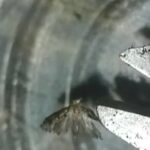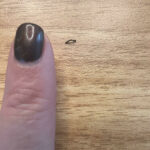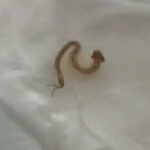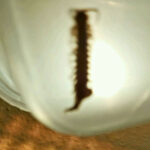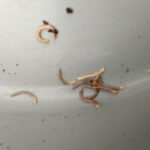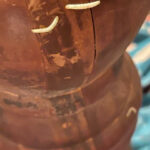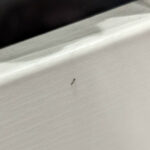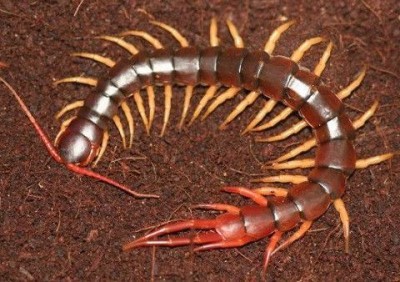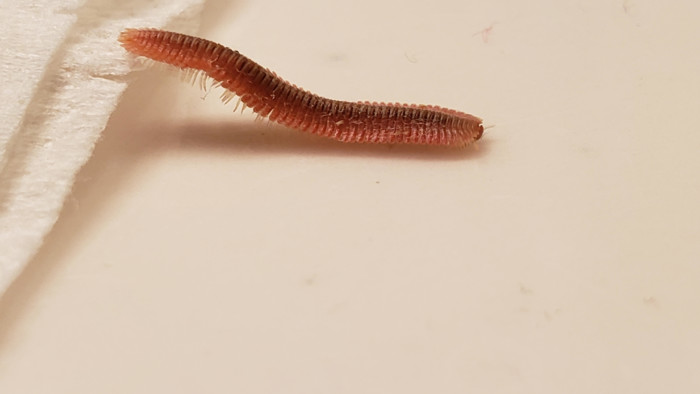
At AllAboutWorms.com, we get a lot of submissions about worms and worm-like creatures. This article will briefly outline some of the creatures that belong to the latter group. When we think of worms, we often think of an earthworm. But typically, when we find any elongated creature in the wild that remotely resembles a worm, we also assume it is one. Now, one might argue that one should not get hung up on details, but it also isn’t just a case of semantics. Knowing the difference between various species will determine how you react to a given animal, and will equip you with the knowledge of how to deal with them: are they likely to infest your home? Is your health and safety at risk? Of course, even within the category of animals that are strictly worms, you can ask these same questions, as there are thousands of worm species. But the point of this article is to identify the most common critters which are mistaken as worms, so as to educate people, but also just for fun.
The first, and most obvious, candidate is the caterpillar. We think everyone knows at this point that caterpillars are not worms, but just like we think of earthworms when we hear the word ‘worm’ (despite there being over 20,000 species), we also tend to have a picture in our head of what a caterpillar is supposed to look like: a bright green, long, segmented creature with feet. However, caterpillars come in just about any color you can think of. There are caterpillars that are black, yellow, white, green, and multicolored. There are furry ones, spiky ones, and slimy ones. On top of that, some caterpillar species do have the word ‘worm’ in their name, such as the inchworm, which can mislead people into regarding caterpillars as worms. The reason caterpillars are not worms is because they are insects: they will eventually grow out of this phase, form a chrysalis, and metamorphose into an adult form (in the case of the caterpillar, that is either a moth or butterfly). On the other hand, when you see a worm, that is its adult form. Some species of worms also have a larval phase, but a lot of them are worms directly upon hatching, and will of course mature and grow, but will not undergo the same type of transformation that insects do.

The second suspected worm is the millipede and the centipede. We have grouped these together because they are related, and they are also often confused with one another. Millipedes and centipedes are neither worms nor insects. They are most closely related to crustaceans. On top of that, they are arthropods, meaning they have exoskeletons, with legs joined at multiple segments. Like worms, millipedes and centipedes have long bodies, but unlike worms, they have legs. And they have many. It is actually what they are known for! In latin, their names respectively translate to “thousand feet” and “hundred feet”, though these names are exaggerations. They do have dozens of feet though. Millipedes are detritivores and eat decomposing organic matter (and serve the same purpose that earthworms do in the environment), while centipedes are predators and eat small insects. Of course, in some of the tropical regions of the world, there are giant species of centipedes which will hunt reptiles and rodents.

Finally, we come to the snakes. Yes, you read that right: snakes. But what snake would be mistaken for a worm? A very, very tiny one. There are actually quite a few species of tiny snakes, most notably the brahminy blind snake (the most commonly-found one in our experience). These guys are often mistaken for earthworms due to their size, coloration, and apparent lack of eyes. They do have eyes, but they are so tiny that they go unnoticed without taking a close look at the snakes. Like earthworms, brahminy blind snakes burrow underground and typically stay there, making them an uncommon sight. That said, we have had readers come to us with discoveries of this snake. They are completely harmless to humans and pets, so they are nothing to be feared if found.
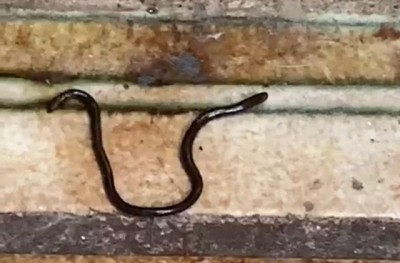
In conclusion, this has been a brief overview of some of the creatures often mistaken for worms. We hope this has proven insightful, and we wish all of our readers the very best!
All About Worms is always free, always reader-supported. Your tips via CashApp, Venmo, or Paypal are appreciated! Receipts will come from ISIPP Publishing.
You might also find these guys interesting!




